US agriculture: a case for systemic thinking
The US is regarded as the world’s bread basket. But we now have a systemic crisis in US agriculture that threatens much more than the food industry in that country.
Does the North Star Transition approach reframe our understanding of a systemic problem? Jyoti Banerjee checks out the case of food and agriculture in the US to explore an interesting example of how the North Star Transition approach manifests itself in practice.
The US is regarded as the world’s bread basket. Yet, there is a crisis in US agriculture, according to rethink Soil: A Roadmap of US Soil Health, a report from the Nature Conservancy:
The US loses just under a billion metric tons of soil through erosion every year
The social and environmental costs of mainstream chemical agriculture are estimated at $85bn annually
Agriculture accounts for 8-10% of US GHG emissions
The number of US farmers going bankrupt in 2019 rose by 20%, the highest level in a decade
So who might be interested in witnessing systemic change in the US food context? Meet some unlikely allies in tipping change when it comes to agriculture.
Horizon: As the largest US organic dairy brand and part of Danone, Horizon wishes to be carbon positive across its full supply chain by 2025. To achieve this, it needs to win the support and involvement of 600 farmers it works directly with. To help them, the company has committed $15m funding to assist them in soil restoration, dairy management and food transportation. Remember that Horizon’s supplier farms are already organic, and yet need to develop and mature their processes to help the company achieve its carbon goals.
Bob Quinn: After gaining a PhD in chemistry at the University of California, Quinn returned to his family’s Montana farm to discover that the standardized chemical agriculture processes common in US farming was producing foods that were calorie-rich, but nutrient-poor. The soil was being reduced to dust, and farmers were going bankrupt.
Shifting out of the chemical agriculture model is very difficult, as funding and insurance for farming is tied to carrying out the standardized processes. It takes 5-10 years of lower productivity (and lower earnings) before a newly organic farm restores its soil quality – a huge transitional risk for farmers, already on the borderline with their finances.
How did Bob Quinn fare? His is one of the success stories in organic farming, but it required taking on many different parts of the food and agriculture system that most farmers accept as something they cannot change. You can read more about Quinn’s powerful story in his excellent book, Grain by Grain: A Quest to Revive Ancient Wheat, Rural Jobs, and Healthy Food.
Microsoft: The software giant has set itself the goal of being carbon negative by 2030 (by the way, am I the only person who thinks that it is strange that what Microsoft refers to as carbon negative Horizon calls carbon positive? Please, let’s just agree on the terminology we are using). Microsoft uses an internal carbon price to better capture its carbon goals in its financial-decision-making. As a company, Microsoft wants to go further than its 2030 goal: by 2050, it wants to have taken back all its carbon emissions since the founding of the company in 1975. To achieve this ambition, it needs new technologies such as direct air capture of carbon, and through financing soil carbon sequestration via regenerative farming.
Are the Microsofts, Horizons and Bob Quinns talking about the same problem? Yes and no.
Each has their own take, their own perception of what needs to be done, and what they need to do.
Horizon, the largest US organic dairy brand and a subsidiary of Danone, cannot achieve being carbon negative on its own. It needs to win the support and involvement of the 600 farmers it works with directly. To help the farmers, Horizon has committed $15m funding to enable carbon-reducing practices, such as energy efficiency, cow feed and diet management, and soil regeneration.
But Horizon needs to do more. It needs to include the restoration of prairie lands and forestlands in its work.
Can such an approach extend beyond Horizon’s supply chain?
Farmers wanting to make the shift to regenerative farming find that the agriculture system holds them back in very specific ways. Organic farming turns its back on established Big Agriculture methods including industrial tilling, pesticide and fertilizer use, and GM seeds. Insurers don’t want to insure farmers stepping away from the accepted model of practice. Nor can farmers easily find finance for their new business models.
To drive a shift in agriculture’s contribution to carbon emissions requires more than just a focus on carbon. We need to be prepared for systemic change. We need new conversations: perhaps, Microsoft, Horizon and Bob Quinn could get around the table, with an insurer and a customer all contributing to change.
The North Star Transition concept brings these different voices into the same conversation to drive impactful innovation and systemic change.
Photo Credit: Ákos Szabó from Pexels


